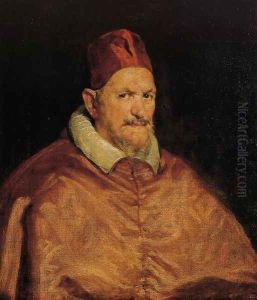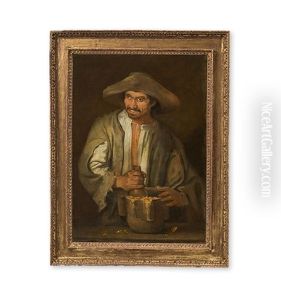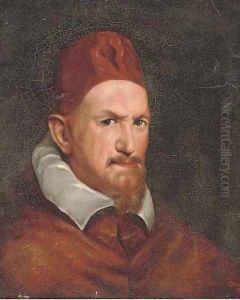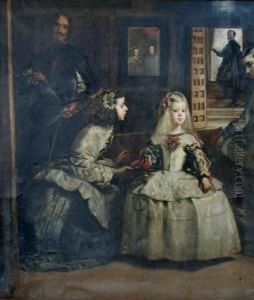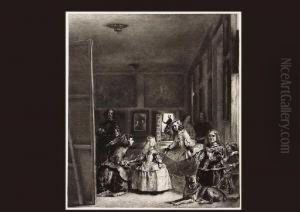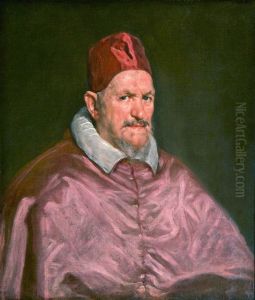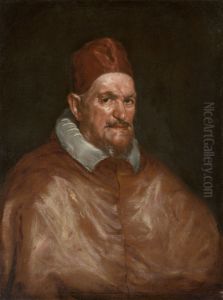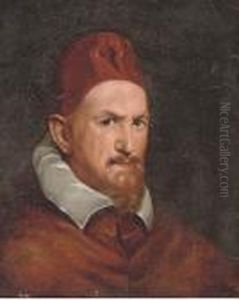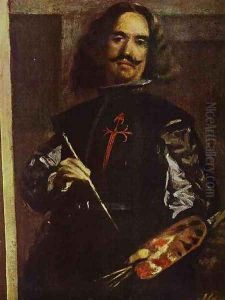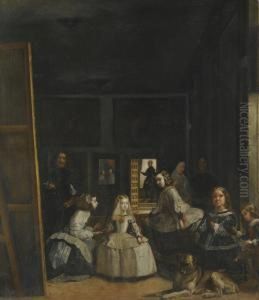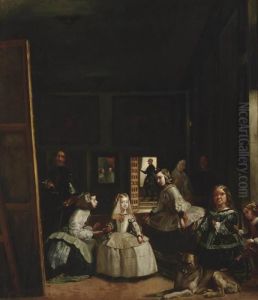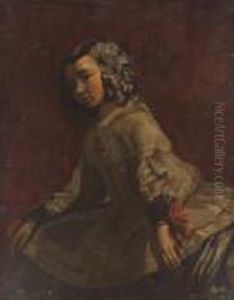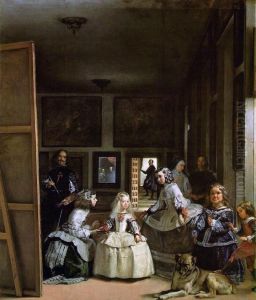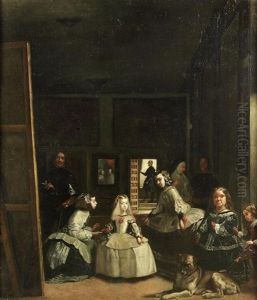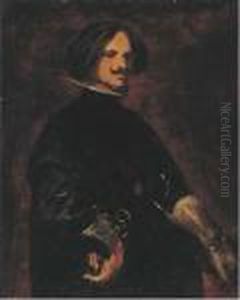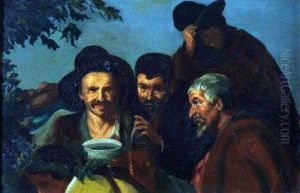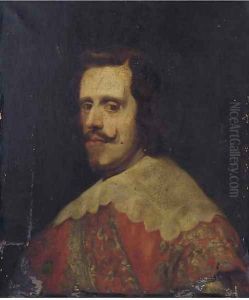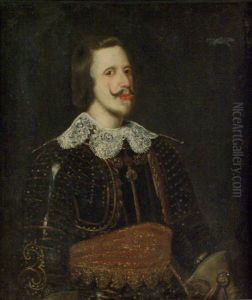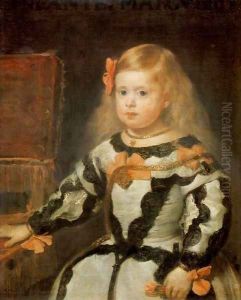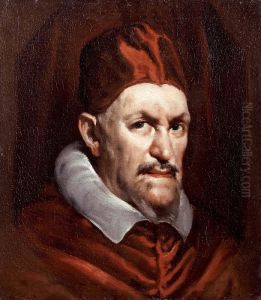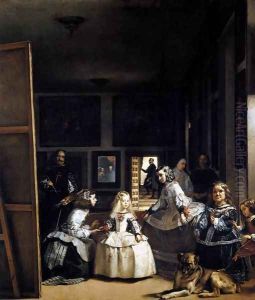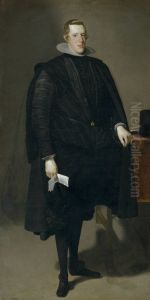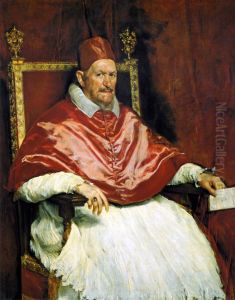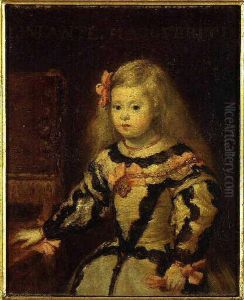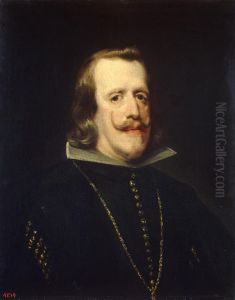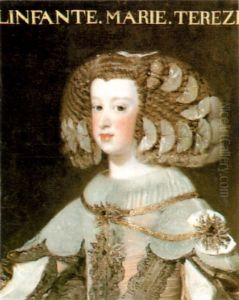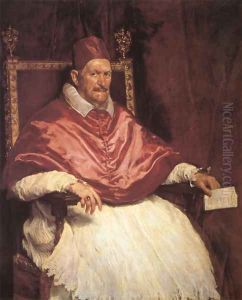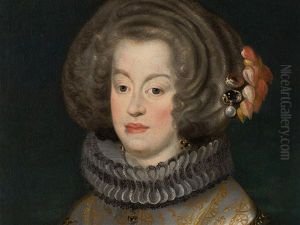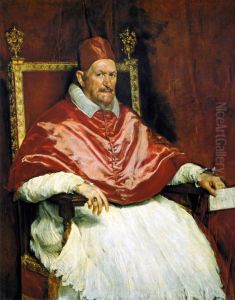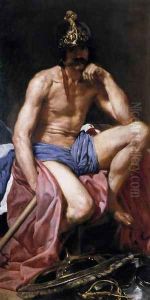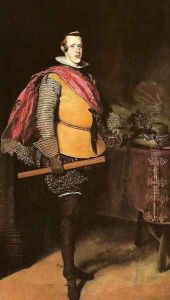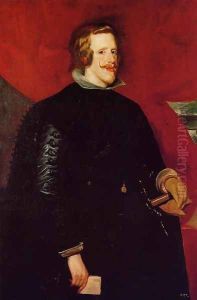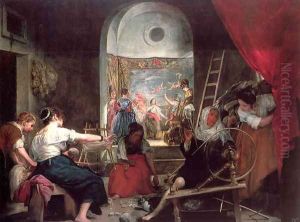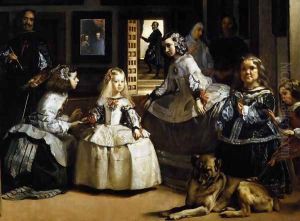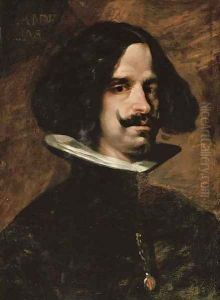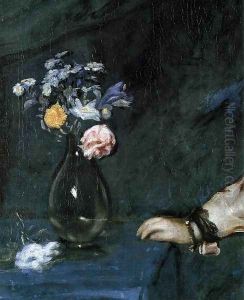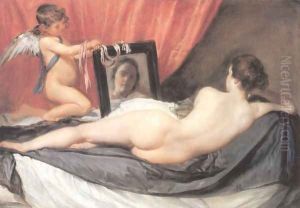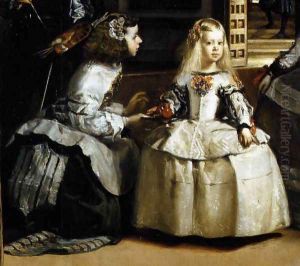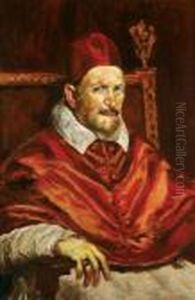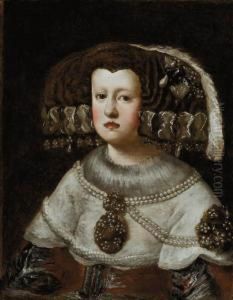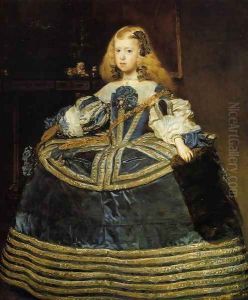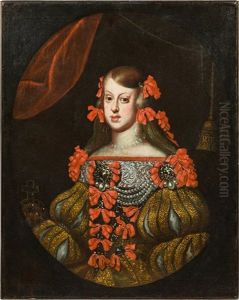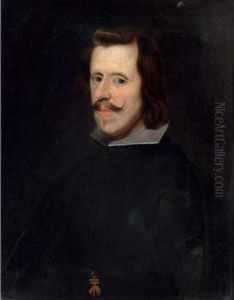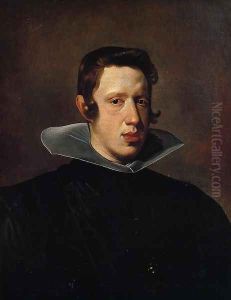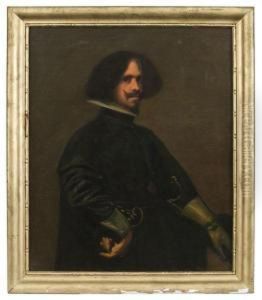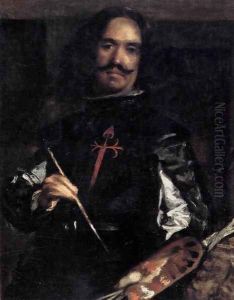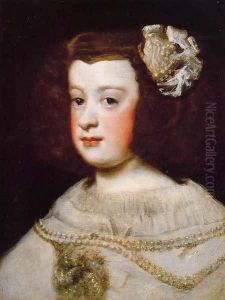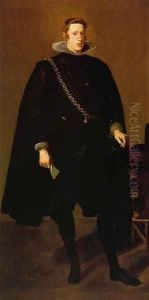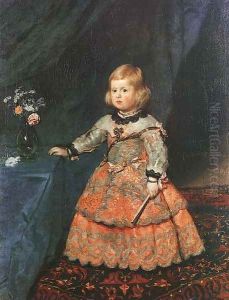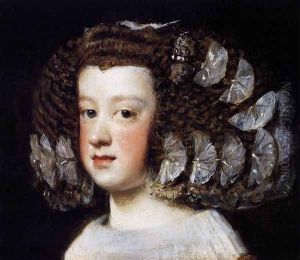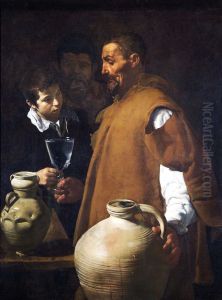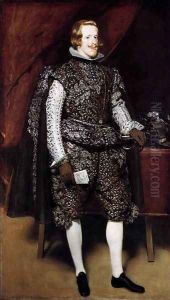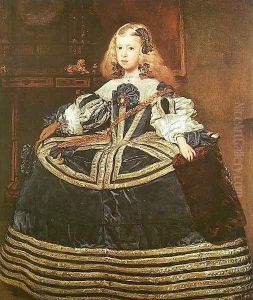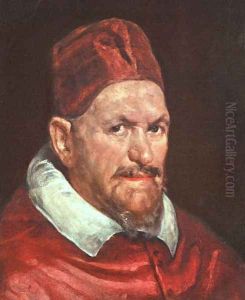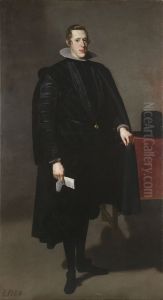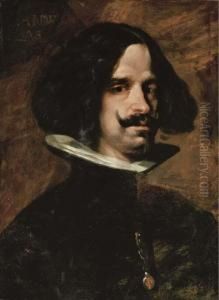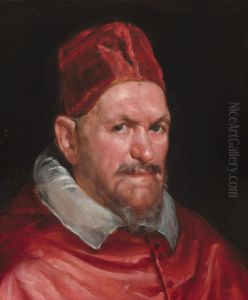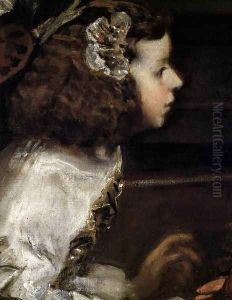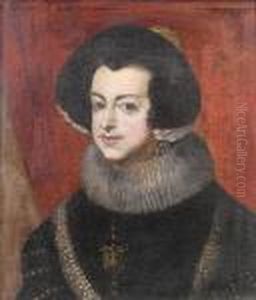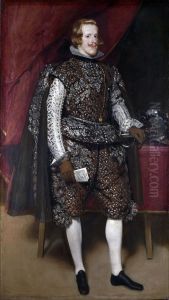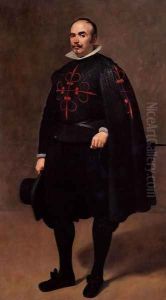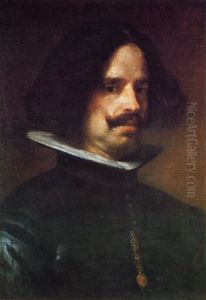Diego Rodriguez de Silva y Velazquez Paintings
Diego Rodríguez de Silva y Velázquez, born in 1599 in Seville, Spain, is one of the most important figures of the Spanish Golden Age of painting. Velázquez showed an early inclination towards arts, receiving his initial training from Francisco Pacheco, an artist and teacher in Seville. His early works were deeply influenced by the realistic approaches of Caravaggio, highlighting the texture, dimension, and light in his compositions, which were predominantly religious themes, genre paintings, and kitchen scenes.
In 1623, Velázquez's talent caught the eye of King Philip IV of Spain, marking the beginning of a lifelong association. Velázquez moved to Madrid, where he was appointed as a court painter. His role involved producing portraits of the royal family and other courtly figures, a genre where his skills were unparalleled. His technique evolved over the years, characterized by a sophisticated use of light and shadow, a refined approach to color, and a remarkable ability to capture the psychological complexity of his subjects.
Perhaps Velázquez's most famous work is 'Las Meninas' (1656), a masterful composition that plays with perspective, space, and the viewer's gaze, offering a complex narrative about the act of painting itself, the royal family, and the artist's status within the court. This painting exemplifies Velázquez's innovative approach to portraiture and his deep understanding of spatial composition.
Throughout his career, Velázquez also engaged with various other subjects, including historical and mythological scenes, showcasing his versatility and breadth as an artist. His travels to Italy (1629-1631 and 1649-1651) significantly impacted his style and technique, exposing him to the works of Italian masters and leading to a more fluid and vibrant use of color in his later works.
Velázquez's contributions to art were not only limited to his paintings. In 1658, he was awarded the prestigious Order of Santiago, recognizing his achievements and status in Spanish society. He also played a crucial role in the royal court as a superintendent of works, overseeing various artistic and architectural projects.
Diego Velázquez died in 1660 in Madrid, leaving behind a legacy that profoundly influenced Western art. His works have been celebrated for their realism, psychological depth, and technical innovation. Velázquez's influence extends beyond his lifetime, inspiring future generations of artists, including the Impressionists and realists, who admired his mastery of technique and the modernity of his approach to painting.
![Las Meninas [detail]](https://www.niceartgallery.com/imgs/268563/s/diego-rodriguez-de-silva-y-velazquez-las-meninas-detail-9f61eb6b.jpg)
